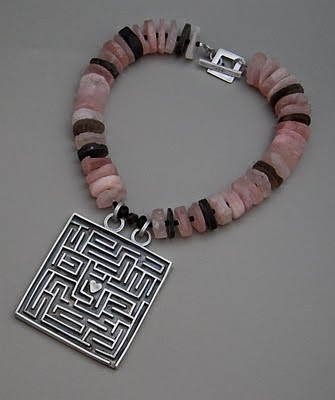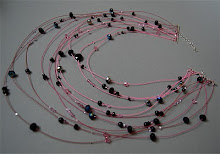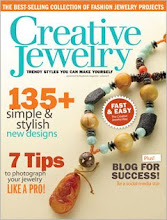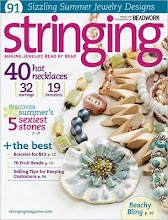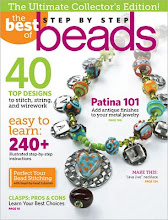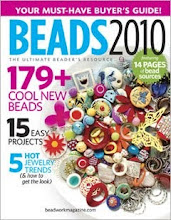
Over this past weekend, I found both design inspiration and practical instruction in an unexpected place. This happy circumstance was all due to the fact that we were low on rice, sesame oil and a few other essentials (in this household, at least) and ended up visiting Mitsuwa Marketplace. If you are fortunate enough to live near a Mitsuwa (I believe there are four in the U.S. - two in California, one in New Jersey and one in Illinois) but have never visited it, I highly recommend a trip. It's sort of a mini-mall - a really nice Japanese grocery with bakery, a food court serving various types of Japanese food (ours used to also offer Korean but now offers Chinese instead) and various small businesses - ours currently has a Japanese ceramics shop, a sweets shop, a travel agency specializing in Asia, a video store (which ditto) and a bookstore.
Despite my inability to read Japanese (I can pick out a short word here and there but that's about it), the lure of books is always irresistible to me. While the Short One was distracted by a cone of soft serve green tea ice cream, I ended up sneaking around the corner after lunch to Books Sanseido. I decided to check out the craft section of the store in a fit of optimism. Because I am not a beadweaver, I wasn't actually expecting to find much that I could use, but surprise, surprise - I ended up walking out with the above purchases. The larger booklet is pretty self-explanatory - it's a nice little exposition on ring-making with PMC3 with very clear photographs.
The smaller book is the one I find terribly interesting. It's part of a "Traditional Japanese Patterns" series. There were four volumes available in the store, all filled with renderings of some of the gorgeous embroidered designs found in Japanese textiles. These are truly lovely books. I looked through all four and ended up purchasing volume 2. Here are a couple examples of patterns in the one I brought home:


Beautiful, no?
In addition to the Japanese text in the book, there is an introduction to the book written in English placed at what would be the beginning of a Western book (and the end of a Japanese book) which is quite handy and suggests, of course, that the book was published in part for Western consumption. However, I seriously doubt you would be able to find these volumes on the shelf of an American bookstore.
So our little shopping trip this weekend was a reminder to me - and a suggestion to you - that investigating places such as foreign language bookstores can yield unexpected benefits. I am not well-educated in such traditional Japanese designs, but I have always loved the ones I have encountered from time to time. I am extremely happy to be able to add this collection of motifs to my small - but growing - design library.
Oh, and, by the way, if you are interested in this particular series of books, the collection was created by the textile company Kurenai-kai and published by Seigensha Art Publishing, Inc.
Thanks for visiting.




















